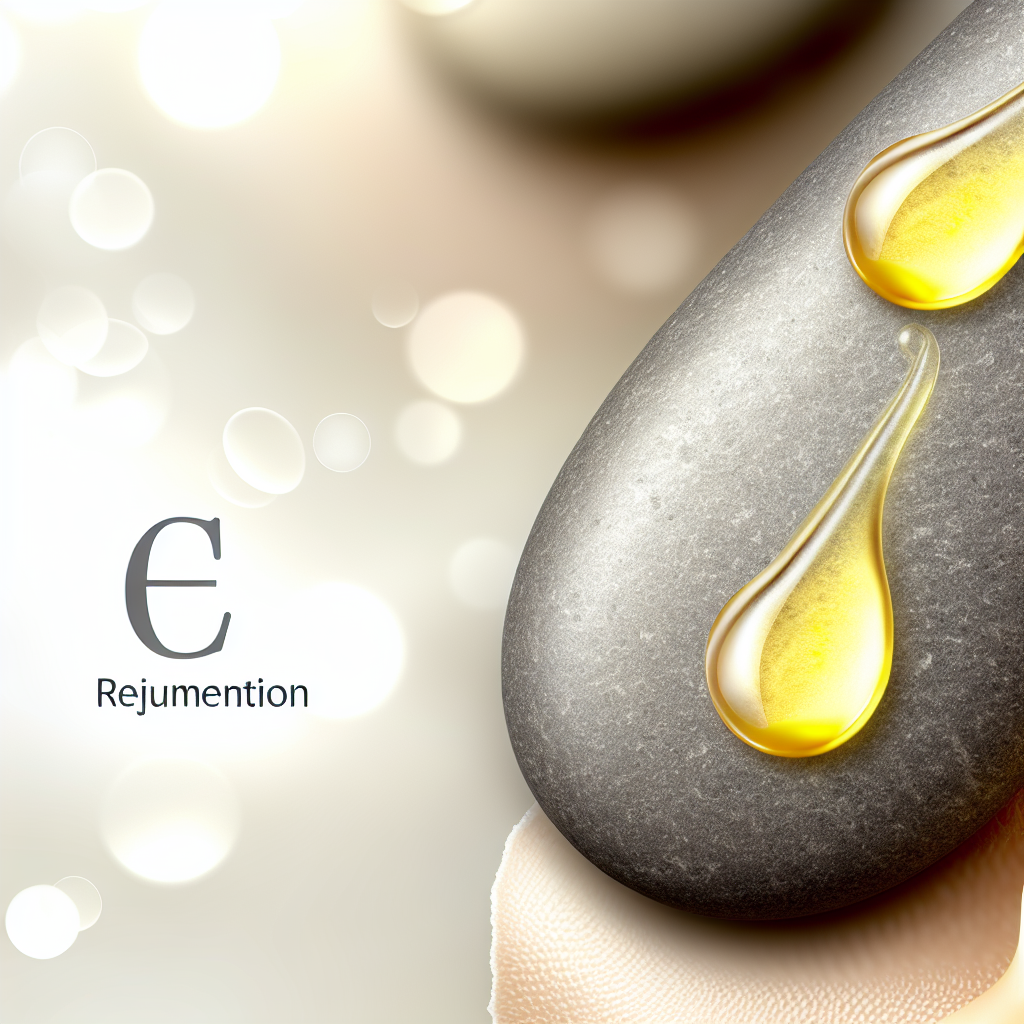Ever heard of vitamin E oil? If you haven’t added this skincare superstar to your routine yet, you’re in for a treat. Loved for its ability to hydrate, heal, and protect, vitamin E oil has become a go-to remedy for countless skin concerns, from dryness and scars to signs of aging.
In this guide, we’ll explore how vitamin E oil can transform the health and appearance of your skin. You’ll discover its incredible benefits, how to use it effectively, and tips for getting the most out of this versatile beauty essential. Let’s dive in!
What Is Vitamin E Oil, and Why Is It So Effective for Skin?
Vitamin E is a fat-soluble nutrient found in foods like nuts, seeds, and spinach. Its claim to fame in skincare comes from its antioxidant properties, which help protect the skin from damage caused by free radicals—those pesky molecules responsible for aging and dullness.
When applied as an oil, vitamin E becomes a deeply nourishing treatment that offers hydration, protection, and healing. Its thick consistency makes it ideal for addressing specific concerns like dry patches, scars, or environmental damage, making it a staple in many skincare routines.
Top Benefits of Vitamin E Oil for Skin
Deeply Moisturizes and Softens Skin
Vitamin E oil is an excellent moisturizer, especially for dehydrated, flaky, or irritated skin. It creates a protective barrier that helps lock in moisture, leaving your skin feeling soft and smooth without an oily residue. If you’ve ever struggled with dryness in colder months, applying a few drops of vitamin E oil before bed can work wonders.
Fades Scars and Dark Spots
One of vitamin E oil’s most celebrated benefits is its ability to fade scars, dark spots, and stretch marks over time. Consistent use promotes cell regeneration, which helps improve the visibility of these imperfections. While it may not erase scars, its restorative properties can make them appear lighter and skin tone more even.
Supports Anti-Aging Efforts
As an antioxidant, vitamin E combats the oxidative stress that contributes to wrinkles, sagging, and loss of elasticity. By promoting collagen production and neutralizing free radicals, vitamin E oil helps your skin retain its youthful bounce and smooth texture. Applying it around problem areas, like smile lines or crow’s feet, can visibly reduce fine lines over time.
Soothes Irritated or Sunburned Skin
For irritated or sun-damaged skin, vitamin E oil is a soothing savior. Its anti-inflammatory properties can reduce redness, calm irritation, and provide comfort to dry or inflamed areas. A thin layer applied to a sunburn can speed up recovery and offer instant relief from discomfort.
How to Use Vitamin E Oil for Skin
Vitamin E oil is versatile and easy to incorporate into your routine. Whether you prefer simplicity or full-on skincare rituals, there’s a method for you.
Use It As a Nighttime Moisturizer
- Start by cleansing your face to remove dirt, oil, and makeup.
- Take a few drops of vitamin E oil and warm it between your palms.
- Gently massage the oil into your skin, focusing on dry or problem areas.
Because it’s thick and rich, vitamin E oil works best as a nighttime treatment, allowing your skin to absorb all its benefits while you sleep. In the morning, you’ll wake up with a soft, rejuvenated complexion.
Mix It With Your Favorite Skincare Products
Supercharge your current skincare routine by adding a drop or two of vitamin E oil to your moisturizer or serum. This method enhances hydration and gives your skin an extra dose of nutrients without disrupting products you already love.
Try It in a DIY Mask
If you enjoy making your own skincare treatments, try combining vitamin E oil with aloe vera gel. This creates a hydrating mask that’s perfect after a long day or when your skin feels extra dry. Apply evenly across your face, let it sit for 15–20 minutes, then rinse off for an instant glow.
Use as a Spot Treatment
For scars, dark spots, and blemishes, vitamin E oil works as a concentrated spot treatment. Simply dab a small amount on the affected area before bed to support your skin’s natural healing process. Over time, this can help improve texture and tone.
Pro Tips for Using Vitamin E Oil
To get the best out of this skincare star, keep the following tips in mind:
- Patch Test First: Always test a small amount on your wrist or behind your ear to avoid unexpected reactions.
- Don’t Overuse: Overapplying vitamin E oil, especially on oily or acne-prone skin, can clog pores. Stick to 2–3 times a week.
- Apply at Night: Because of its thicker texture, vitamin E oil delivers maximum results when applied before bed.
- Store It Correctly: Keep your bottle in a cool, dark place to preserve its efficacy. Exposure to heat or light can break down its active compounds.
Are There Any Side Effects of Vitamin E Oil?
While vitamin E oil is generally safe for most skin types, a few precautions are worth noting:
- Allergic Reaction: Some people may experience redness, itching, or irritation. If this happens, stop using the oil immediately and consult a dermatologist.
- Clogged Pores: Its richness means that overuse can sometimes lead to clogged pores, particularly for acne-prone skin.
- Not for Everyone: If you have sensitive skin or a history of eczema, speak with a dermatologist before trying vitamin E oil.
Conclusion
Vitamin E oil isn’t just any skincare ingredient—it’s a multitasking marvel that hydrates, repairs, and protects your skin. Whether it’s fighting dryness, fading scars, or tackling signs of aging, its benefits are hard to ignore. Plus, it’s versatile enough to be used in several ways: as a moisturizer, a spot treatment, or even in DIY masks.
By carefully incorporating vitamin E oil into your routine, you can unlock healthier, more radiant skin over time. So why not give it a try? This natural remedy just might become your new skincare essential!
